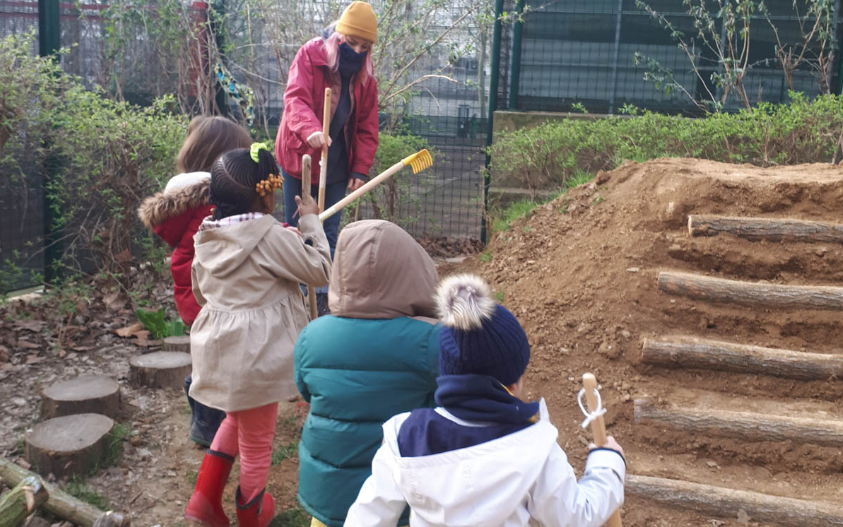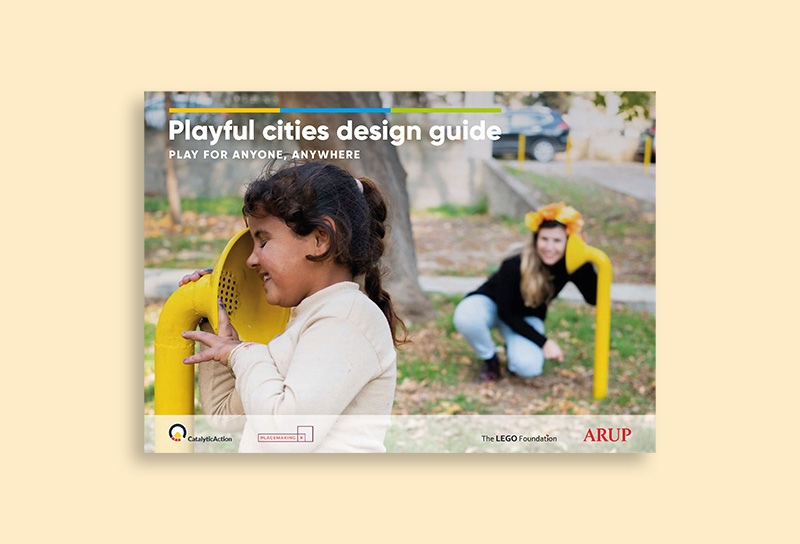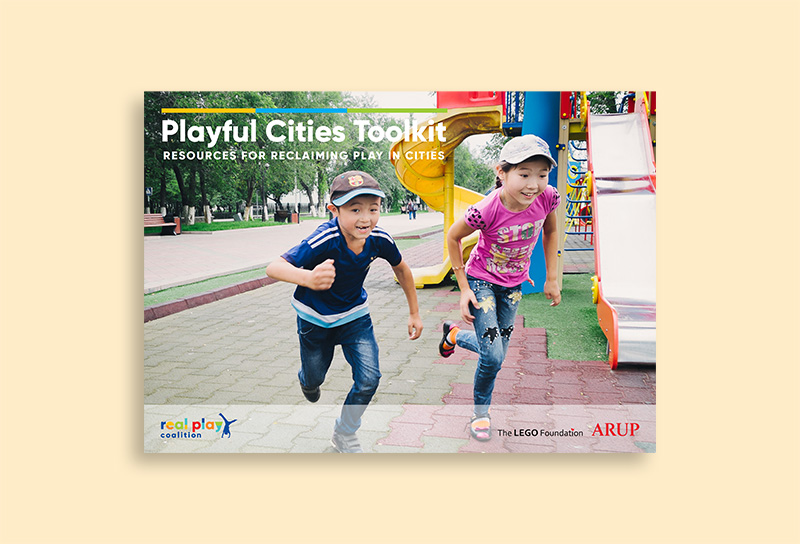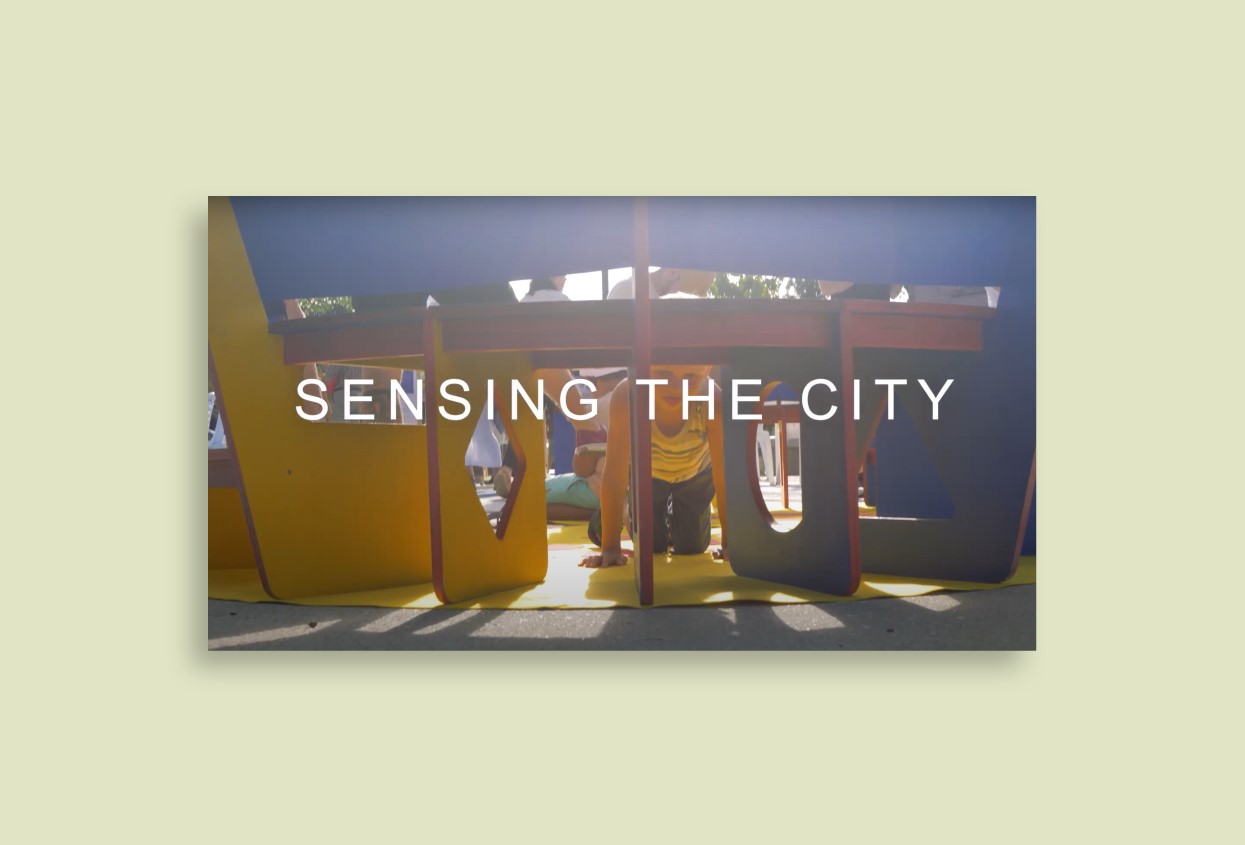
Overview
The OASIS programme transforms Parisian schoolyards into green oases accessible to both pupils and local communities. Educational gardens teach children about nature and gardening, while also providing shade and storm-water management. The project worked with 10 schools from 2019 to 2021, involving pupils, teachers, parents and other stakeholders in the transformation process. The aim is to place the well-being of children at the heart of design and increase social cohesion by co-designing schoolyards with the local community. Most Parisian live within 250 meters of a public school, making schoolyards accessible refuges during periods of extreme heat. An evaluation phase assessed the impact of the project and developed a framework that could be scaled up across the city. A recommendations booklet was produced to inspire local authorities, practitioners, and developers to build environmental resilience and child-friendly design principles.
Location:
Paris, France
Organisation:
City of Paris
Partner organisations:
Université Paris Diderot
Beneficiary:
Children ages 0-5, caregivers, local community
Scale of proximity:
Neighbourhood
Built environment component:
Playgrounds; parks/Squares/Gardens; community building
Design insights
Material:
The Recommendations booklet published by the OASIS Schoolyards project contains rich and detailed guidance on all the aspects of designing school yards for social and environmental benefits, including the themes of:
1) Biodiversity: strengthening flora and fauna
2) Soil: diversifying, shaping and renaturing schoolyards
3) Water: valuing a resource
4) Shade: protection during hot weather
5) Play and sports facilities: diversifying uses for the well-being of children
Process:
The main design principles of the OASIS project are:
1) The diversification of the sites, to allow everyone to find their place, including a variety of materials, floors, etc
2) facilities, and educational and recreational activities
3) A central presence of nature, for well-being and refreshment, including natural materials, abundant vegetation and water (4) Environmental awareness – to respect the environment and preserve the resources, a low-tech concept is promoted, including the (re-use of existing materials, enhancement of natural spaces, simplicity of facilities, use of eco materials and sourcing from local manufacturing
Location:
The OASIS project selected schoolyards as their intervention site based upon the logic that every resident in Paris lived within 250m of a public school, and that the public ownership of land by a city department meant that strategic engagement with select stakeholders could quickly be scaled and replicated from a neighbourhood to a city scale. It also placed children at the heart of their design principles, and enabled engagement with the wider community through caregivers and local networks.
Implementation insights
Creating an Oasis schoolyard requires a cross-section of views and skills to achieve a complete project that meets the needs of future users of these new spaces:
1) The users who understand and experience the daily function of the schoolyard, such as the children/teachers and staff.
2) The project managers who carry the ambitions of the project and its long-term viability, such as those in the local authority, contractor and school.
3) The designers who provide technical support, such as project management and technical services.
Links:
https://climate-adapt.eea.europa.eu/en/metadata/case-studies/paris-oasis-schoolyard-programme-france



